18 April 2025
Creating an inclusive classroom goes beyond just having diverse students in the same space. It’s about making sure every student feels seen, heard, and valued. But let’s be honest—bias and stereotypes creep in, often without us even realizing it.
Teachers play a huge role in shaping young minds, and that includes tackling unconscious bias and breaking down harmful stereotypes. So, how can we ensure our classrooms are truly inclusive? Let’s dive in! 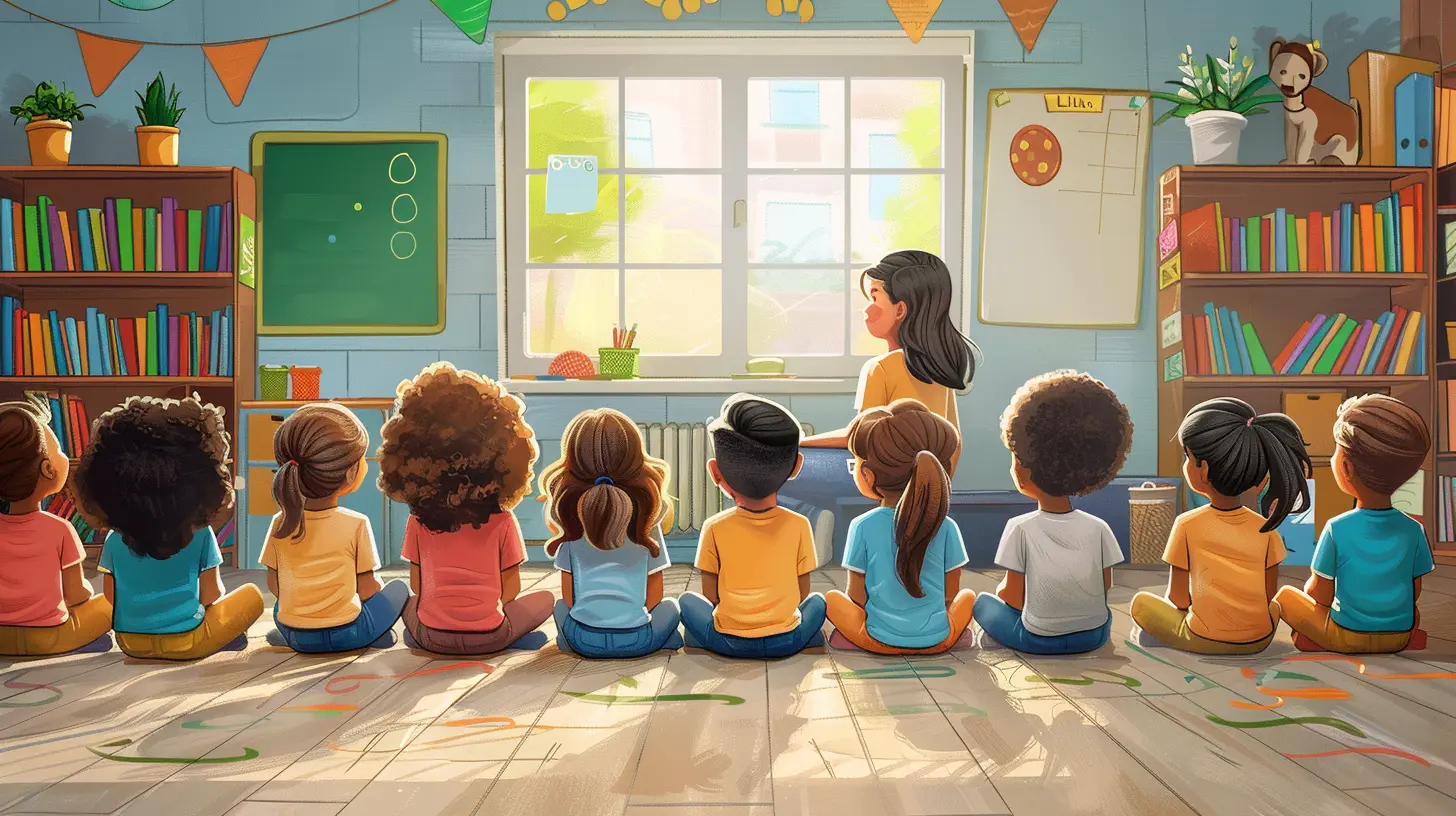
Understanding Bias and Stereotypes
Before we jump into solutions, it’s important to understand what we’re dealing with.What Is Bias?
Bias is when we unconsciously favor or discriminate against certain people based on preconceived notions. It’s something we all have—it’s how our brains process the world. But when left unchecked, it can affect how we treat students and limit their opportunities.For example, assuming that boys are naturally better at math or that girls are more creative can influence how teachers interact with students. Even if it’s unintentional, this can shape students’ confidence and future choices.
What Are Stereotypes?
Stereotypes are generalizations about a particular group of people. They can be based on race, gender, ability, socioeconomic status, or even personality traits.You’ve probably heard things like:
- "Asian students are always good at math."
- "Boys aren’t as good at reading as girls."
- "Students from low-income backgrounds don’t care about education."
These stereotypes don’t just hurt feelings—they shape expectations, limit opportunities, and create an unfair playing field. 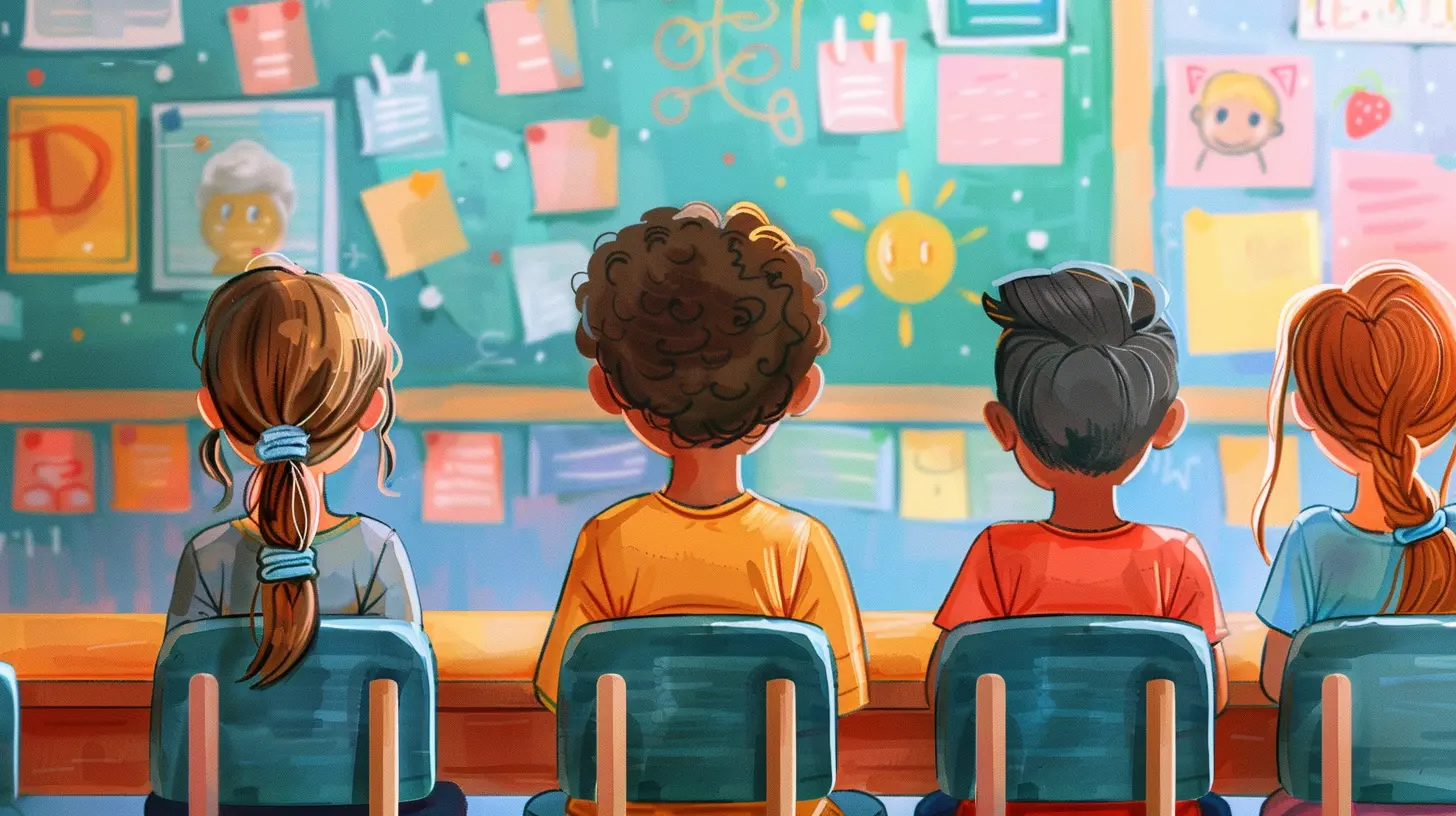
How Bias and Stereotypes Affect Students
Lowered Expectations
When teachers hold biased beliefs—whether they realize it or not—it can lead to lower expectations for certain students. If a teacher assumes a student won’t perform well based on their background, guess what? The student may start believing it too.Unequal Opportunities
Bias can affect classroom participation, grading, discipline, and even who gets called on more often. For example, studies show that teachers tend to call on boys more in math and science discussions and girls more in reading and writing.Impact on Self-Esteem
When students are constantly exposed to stereotypes about their abilities, they may start to internalize them. This can lead to self-doubt and discourage them from pursuing their interests.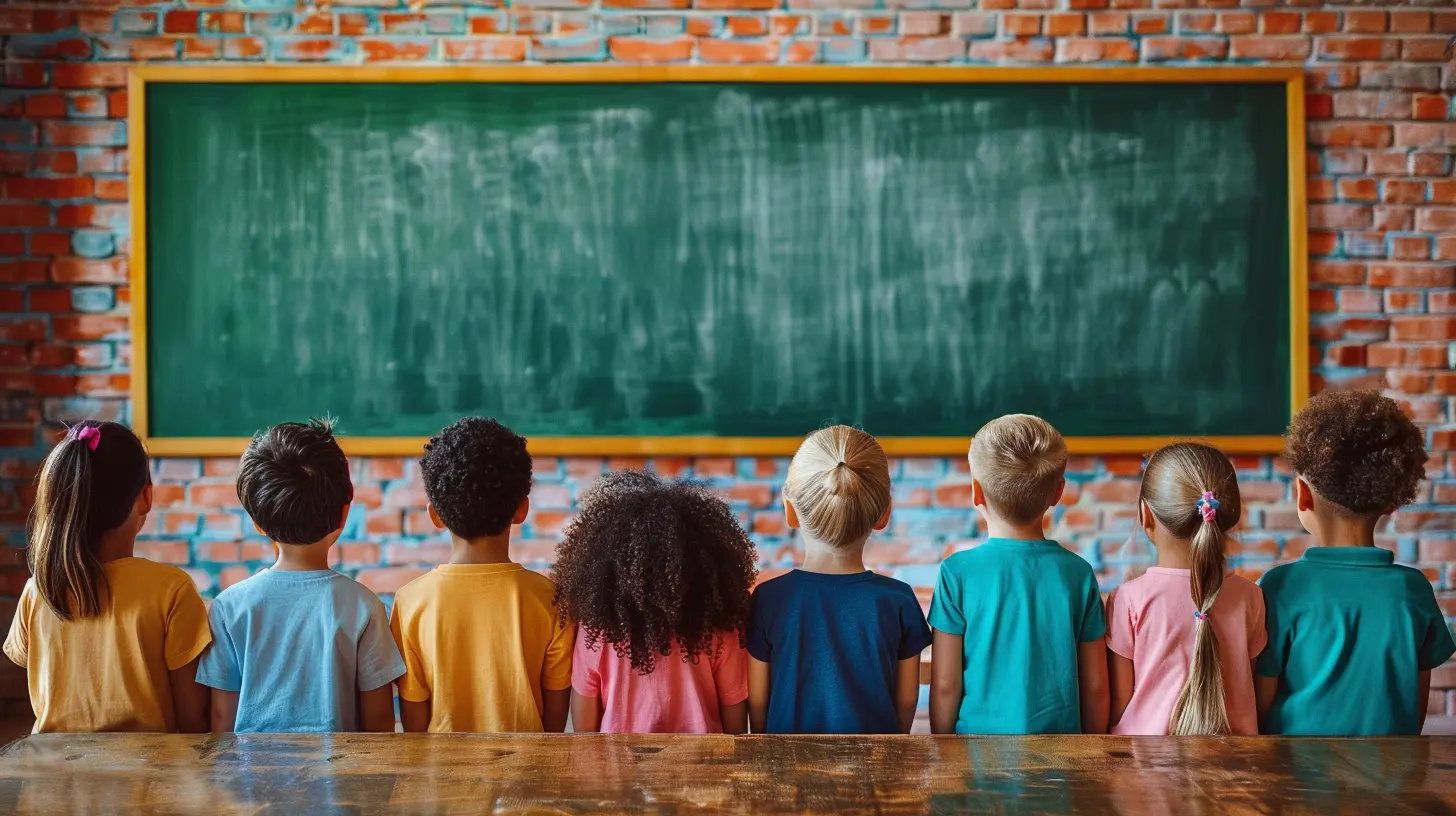
Recognizing and Addressing Unconscious Bias
The first step in tackling bias is recognizing it. Since a lot of bias is unconscious, it takes effort to become aware of it. Here’s how teachers can start:1. Reflect on Your Own Biases
We all have biases—it’s just how our brains work. The key is acknowledging them. Ask yourself:- Do I have different expectations for students based on gender, race, or background?
- Do I unconsciously favor certain students?
- Am I using a “one-size-fits-all” approach in my teaching?
Being honest with yourself is the first step toward change.
2. Diversify the Curriculum
Take a look at the materials you’re using. Are they promoting diversity? Are they reinforcing stereotypes?Try to incorporate books, examples, and historical figures from a variety of backgrounds. If you’re teaching literature, include stories from different cultures. If you’re discussing scientists, highlight women and people of color who have contributed to the field.
3. Use Inclusive Language
The words we use matter. Something as simple as using gender-neutral terms or avoiding assumptions about family structures can make a big difference. Instead of saying “mom and dad,” try “families” to include students with different family dynamics.4. Encourage Open Discussions
Creating a safe space for conversations about bias and stereotypes helps students become more aware. Encourage students to question stereotypes and think critically about the messages they receive from society.You can even use role-playing activities where students step into different perspectives to help them understand the impact of bias. 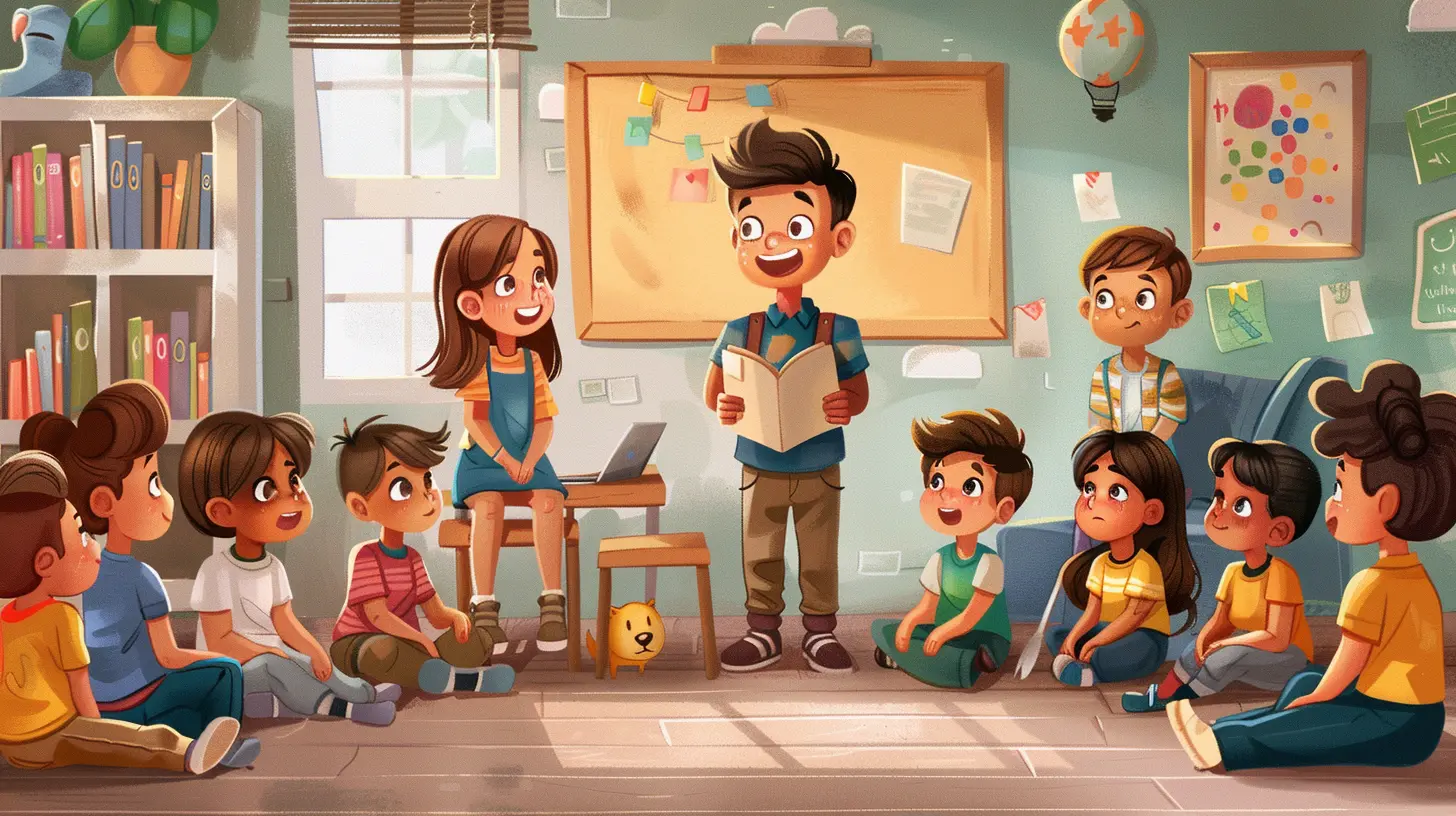
Strategies to Promote an Inclusive Classroom
1. Foster a Growth Mindset
Encourage students to believe in their ability to grow and improve. Instead of labeling students as "naturally talented" or "not good at something," emphasize effort and progress.For example, instead of saying, “You’re so smart,” try, “You worked really hard on that!” This shifts the focus from ability to effort, which benefits all students.
2. Encourage Collaboration Among Students
Pairing students from different backgrounds for group work helps break down stereotypes and promotes teamwork. When students see their peers as individuals rather than as representatives of a group, they gain new perspectives.3. Be Mindful of Discipline Disparities
Studies show that students of color are often disciplined more harshly than their white peers for the same behaviors. Teachers can make a conscious effort to ensure discipline is fair and consistent across all students.4. Provide Role Models
Representation matters. When students see people who look like them succeeding in various fields, it broadens their aspirations. Bring in guest speakers from diverse backgrounds, use diverse classroom posters, and highlight achievements from all walks of life.5. Celebrate Differences
An inclusive classroom doesn’t mean ignoring differences—it means celebrating them. Encourage students to share about their cultures, traditions, and experiences. This helps create a sense of belonging and mutual respect.What Parents Can Do
Parents play a role in reinforcing inclusive values at home. Here’s how they can help:- Challenge stereotypes at home – Talk about bias when you see it in movies, books, or media.
- Encourage diverse friendships – Support your child in forming friendships with kids from different backgrounds.
- Talk about strengths, not labels – Rather than saying, "You’re bad at math," try, "Math takes practice, and you’re improving."
- Model inclusion – Kids learn from what they see. Show respect for different opinions and backgrounds in your daily life.
Why This Matters
At the end of the day, addressing bias and stereotypes isn’t just about fairness—it’s about creating a world where every student can reach their potential without unnecessary barriers.When students feel valued and included, they perform better, build confidence, and learn important lessons about empathy and justice. And isn’t that what education is really about?
As teachers, parents, and community members, we all have a role to play. Change doesn’t happen overnight, but every small step we take toward an inclusive classroom makes a big difference in shaping a better future.
Let’s challenge bias. Let’s break stereotypes. And let’s create a classroom where every student—no matter their background—feels empowered to succeed.



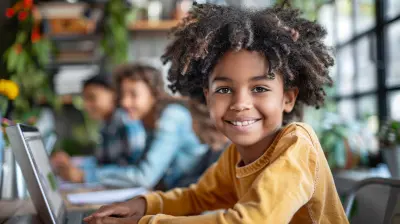
Nym Henson
This article highlights such an important topic! By addressing bias and stereotypes, we can create truly inclusive classrooms where every student feels valued and empowered. Great insights!
April 18, 2025 at 12:18 PM